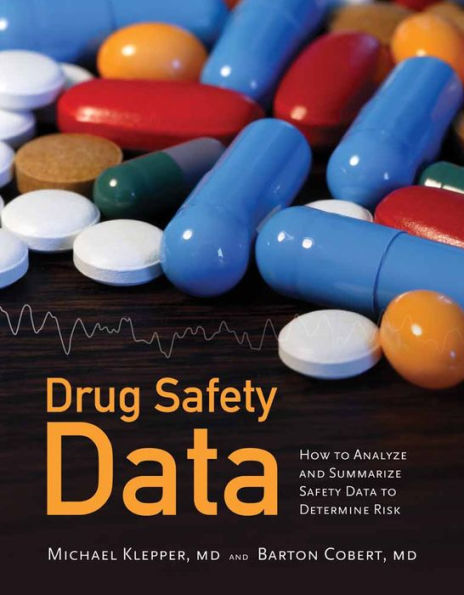5
1
9780763769123


Drug Safety Data: How to Analyze, Summarize and Interpret to Determine Risk: How to Analyze, Summarize and Interpret to Determine Risk / Edition 1 available in Paperback

Drug Safety Data: How to Analyze, Summarize and Interpret to Determine Risk: How to Analyze, Summarize and Interpret to Determine Risk / Edition 1
- ISBN-10:
- 0763769126
- ISBN-13:
- 9780763769123
- Pub. Date:
- 09/29/2010
- Publisher:
- Jones & Bartlett Learning
- ISBN-10:
- 0763769126
- ISBN-13:
- 9780763769123
- Pub. Date:
- 09/29/2010
- Publisher:
- Jones & Bartlett Learning
192.95
In Stock

Product Details
| ISBN-13: | 9780763769123 |
|---|---|
| Publisher: | Jones & Bartlett Learning |
| Publication date: | 09/29/2010 |
| Edition description: | 1E |
| Pages: | 316 |
| Product dimensions: | 8.40(w) x 10.80(h) x 0.80(d) |
About the Author
From the B&N Reads Blog



